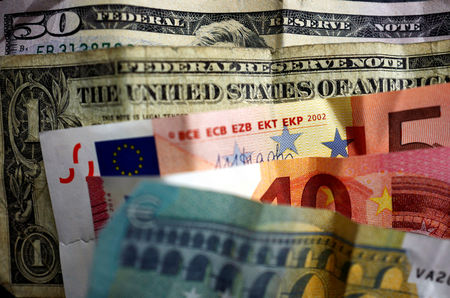
By Colleen Howe
BEIJING (Reuters) -Oil prices rose by more than $1 in early trading on Monday after OPEC+ said on Sunday it would delay a planned December output hike by one month due to soft demand and rising supply outside the group.
Brent futures rose by $1.18 per barrel, or 1.61%, to $74.28 a barrel by 0121 GMT. U.S. West Texas Intermediate (WTI) crude rose by $1.20 a barrel, or 1.73%, to $70.69.
OPEC+, which includes the Organization of the Petroleum Exporting Countries plus Russia and other allies, was due to increase output by 180,000 barrels per day (bpd) from December.
That means the group will extend their 2.2 million bpd cut for another month, after having already delayed the increase from October because of falling prices and weak demand.
“While the delay until January does not change fundamentals significantly, it does potentially leave the market having to rethink the strategy of OPEC+,” ING analysts said in a note. The delay bucked the expectations of some in the market that OPEC+ would go ahead with the planned output increase.
“This delayed supply increase means that maybe the group are more willing to support prices than many believe,” the analysts said.
The group is set to gradually unwind the 2.2 million bpd cut over the coming months, while another 3.66 million bpd of production cuts will stay in place until the end of 2025.
Brent and WTI posted weekly declines of about 4% and 3%, respectively, last week as record U.S. output weighed on prices. But both contracts edged up on Friday on reports that Iran could launch a retaliatory strike on Israel within days.
On Thursday, U.S. news website Axios reported that Israeli intelligence suggested that Iran was preparing to attack Israel from Iraq within days, citing two unidentified Israeli sources.
This week, markets are awaiting the U.S. presidential election on Tuesday, with polls showing Democratic Vice President Kamala Harris and Republican former President Donald Trump neck and neck.

And on Thursday, economists expect the U.S. Federal Reserve to cut interest rates by 25 basis points.
In China, the Standing Committee of the National People’s Congress meets from Nov. 4-8 and is expected to approve additional stimulus to boost the slowing economy, though analysts say most of the funds may be used to help reduce local government debt.
This post is originally published on INVESTING.


